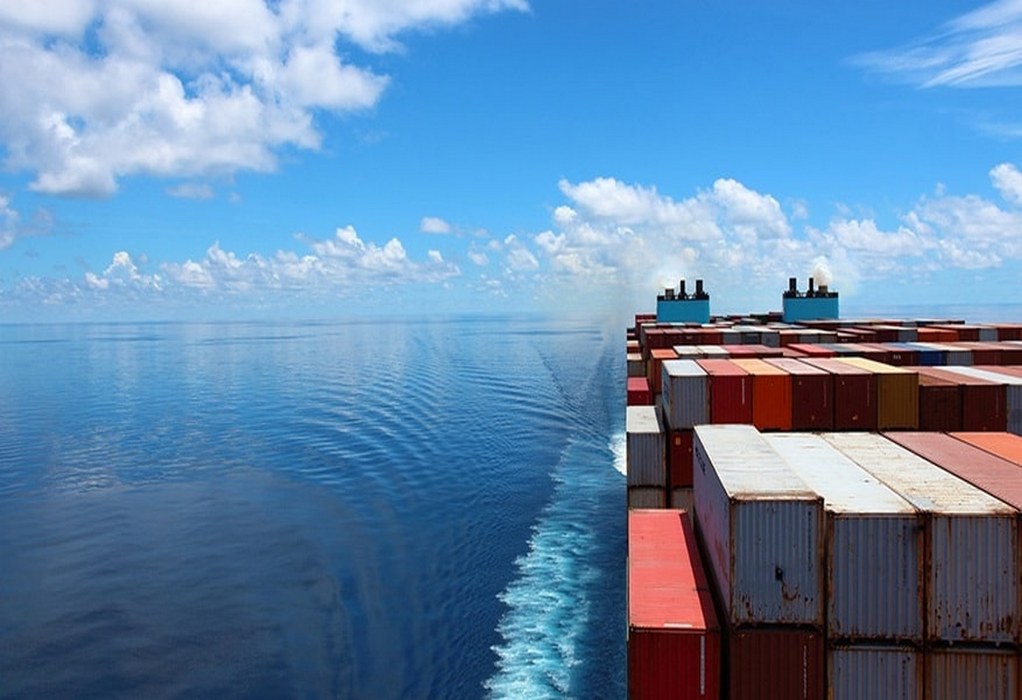The world’s first hydrogen-powered crew transfer vessel (CTV) is being developed by Vestas in association with Windcat Workboats, part of Compagnie Maritime Belge (CMB), as a pilot program. The project is aimed at exploring to see how it can help reduce carbon emissions from offshore service operations.
The CTV is powered by a dual-fuel solution, capable of being powered by hydrogen in combination with marine gas oil. The solution will be tested at the Norther offshore wind farm and is planned to launch on July 15 and run until the end of the year.
The goal of the trial will be to collect insights into the opportunities and limitations of hydrogen-powered vessels in daily operations. Vestas said the new CTV holds the potential to generate a CO2 saving of 158 tonnes, an estimated saving of 37% less carbon emissions in comparison to a traditional vessel. This saving will be validated during the pilot, as well as exploring how the solution can be scaled up if it proves to have an impact on Vestas’ scope 1 and 2 emissions.
The vessel, developed with CMB’s clean technology division, CMB.Tech, will initially be powered mostly by grey hydrogen due to a lack of available green hydrogen, something CMB has also been working on, most recently joining forces with Ports of Stockholm to set up a hydrogen fuelling station at Stockholm Norvik Port.
Tags: CMB, CTV, Hydrogen, Vestas, Windcat Workboats

Recent Posts
IREDA’s GIFT City office to boost green hydrogen
Schneider Electric joins project to provide green energy offshore charging station
Greener marine operations will require leaner crews and smaller ships
LNG bunkering sales begin with strong note in 2024
Methanol Institute and SEA-LNG unite against EU trade barriers
MOL Group opens green-hydrogen plant in Hungary
ABS and AAPA report on American ports’ decarbonization
Hydrogen, biofuel hybrid passenger ship enters service in Japan